Are custom leather boxes eco-friendly and sustainable?
In today's world, sustainability has become a paramount concern across industries. As consumers become increasingly environmentally conscious, businesses are striving to adopt eco-friendly practices to meet the demand for sustainable products and packaging. Custom leather boxes have gained popularity as a luxurious and elegant choice for packaging various products. However, the question arises: Are custom leather boxes truly eco-friendly and sustainable? In this article, we will explore the environmental impact of custom leather boxes, delving into the materials, production processes, and potential alternatives.
Understanding Custom Leather Boxes
Custom leather boxes are precisely what their name suggests: customized boxes made from leather, a natural material derived from the hides of animals, typically cattle. These boxes are often used for packaging high-end and luxury items like jewelry, watches, perfumes, and other valuable products. Leather, known for its durability and aesthetic appeal, adds a touch of luxury to the packaging, making it a popular choice for brands aiming to create a premium image.
The Environmental Concerns
While leather itself is a natural material, its production involves several processes that can be environmentally damaging. Let's examine some of the key environmental concerns associated with custom leather boxes:
Animal Farming: Leather is derived from animal hides, primarily cattle. The meat and dairy industries often produce leather as a byproduct. Raising animals for leather contributes to greenhouse gas emissions, deforestation, and land degradation.
Tanning Process: The tanning process, which converts raw hides into usable leather, often involves the use of toxic chemicals such as chromium and formaldehyde. These chemicals can have harmful effects on both the environment and the health of workers in the tanneries.
Energy Consumption: The production of leather boxes requires significant energy inputs, especially in the manufacturing and customization stages. High energy consumption contributes to carbon emissions and exacerbates climate change.
Waste Generation: The leather industry generates a substantial amount of waste, including trimmings and offcuts. These waste materials can be challenging to dispose of properly and may end up in landfills.
Water Usage: The tanning process is water-intensive, consuming large quantities of water and potentially contaminating local water sources. This can lead to water scarcity and pollution.
Sustainability Efforts in Custom Leather Box Production
While custom leather box production does have inherent environmental challenges, some efforts have been made to mitigate these concerns:
Sustainable Leather Sourcing: Some companies are committed to sourcing leather from responsible and sustainable suppliers. These suppliers prioritize ethical animal treatment, reduce their environmental footprint, and may utilize recycled leather.
Eco-Friendly Tanning: There is a growing trend towards using eco-friendly tanning methods that minimize the use of toxic chemicals and reduce the environmental impact of the tanning process.
Energy-Efficient Manufacturing: Manufacturers are exploring energy-efficient production methods and renewable energy sources to reduce the carbon footprint of custom leather box production.
Waste Reduction: Companies are implementing waste reduction and recycling programs to minimize the amount of leather waste generated during production.
Local Sourcing: Sourcing materials locally can help reduce the environmental impact associated with transportation and support local economies.
Alternatives to Custom Leather Boxes
As consumers and businesses seek more sustainable packaging solutions, several alternatives to custom leather boxes have emerged:
Recycled and Recyclable Materials: Many brands are opting for packaging made from recycled and recyclable materials such as cardboard, paper, or biodegradable plastics.
Faux Leather: Faux leather, also known as synthetic leather or vegan leather, is a cruelty-free alternative that mimics the look and feel of real leather without using animal hides. It is typically made from materials like polyurethane or PVC.
Sustainable Fabrics: Some companies are using sustainable fabrics like organic cotton, hemp, or bamboo for their packaging. These materials are biodegradable and have a lower environmental impact.
Wood: Wooden boxes are another eco-friendly packaging option. Wood is a renewable resource, and wooden boxes can be reused or repurposed.
Minimalist Packaging: Embracing minimalist packaging designs that use less material and reduce waste is becoming increasingly popular.
Conclusion
Custom leather boxes, while undeniably luxurious and aesthetically pleasing, come with environmental concerns due to the processes involved in leather production. However, the industry is making efforts to adopt more sustainable practices, from sourcing responsible leather to eco-friendly tanning methods. Nevertheless, alternatives like recycled materials, faux leather, and sustainable fabrics offer more environmentally friendly options for packaging.
Ultimately, the choice between custom leather boxes and their alternatives depends on a brand's values, target market, and commitment to sustainability. As consumers continue to prioritize eco-friendly products, businesses must carefully consider their packaging choices to align with these evolving preferences while maintaining the essence of luxury and elegance that custom leather boxes provide.
Related Articles


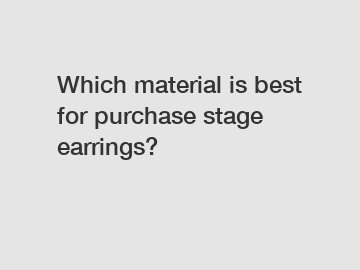

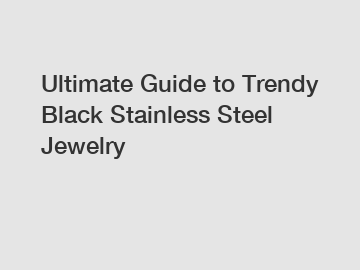
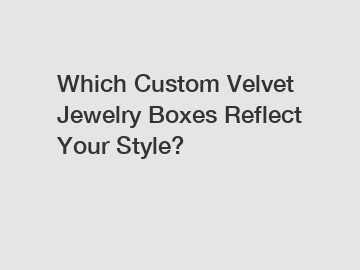
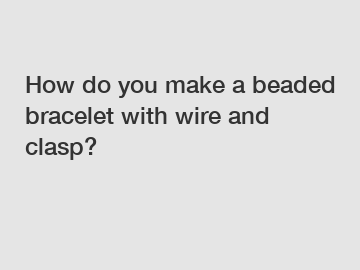

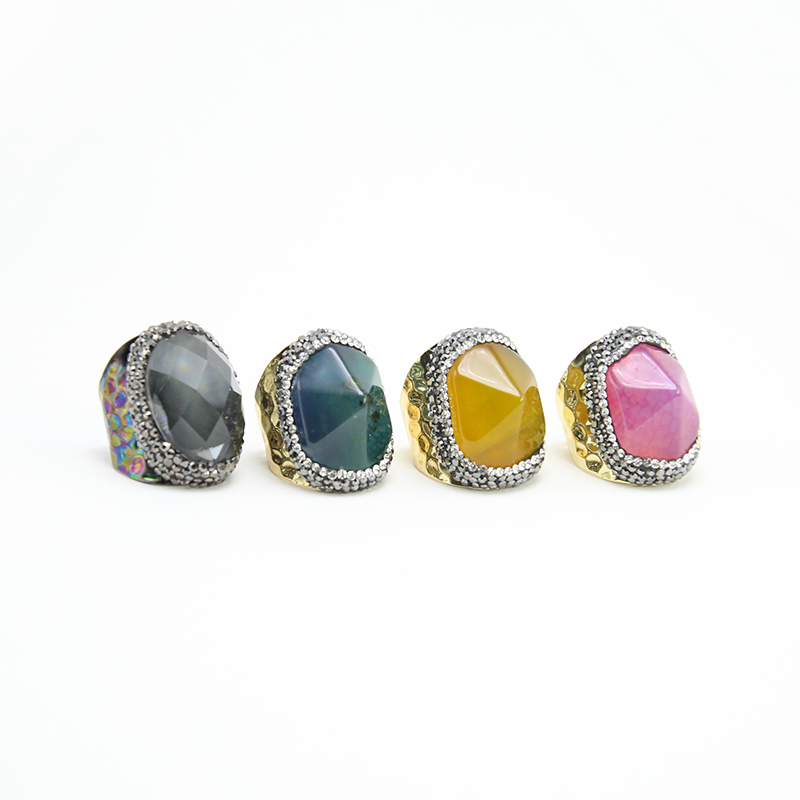

Comments